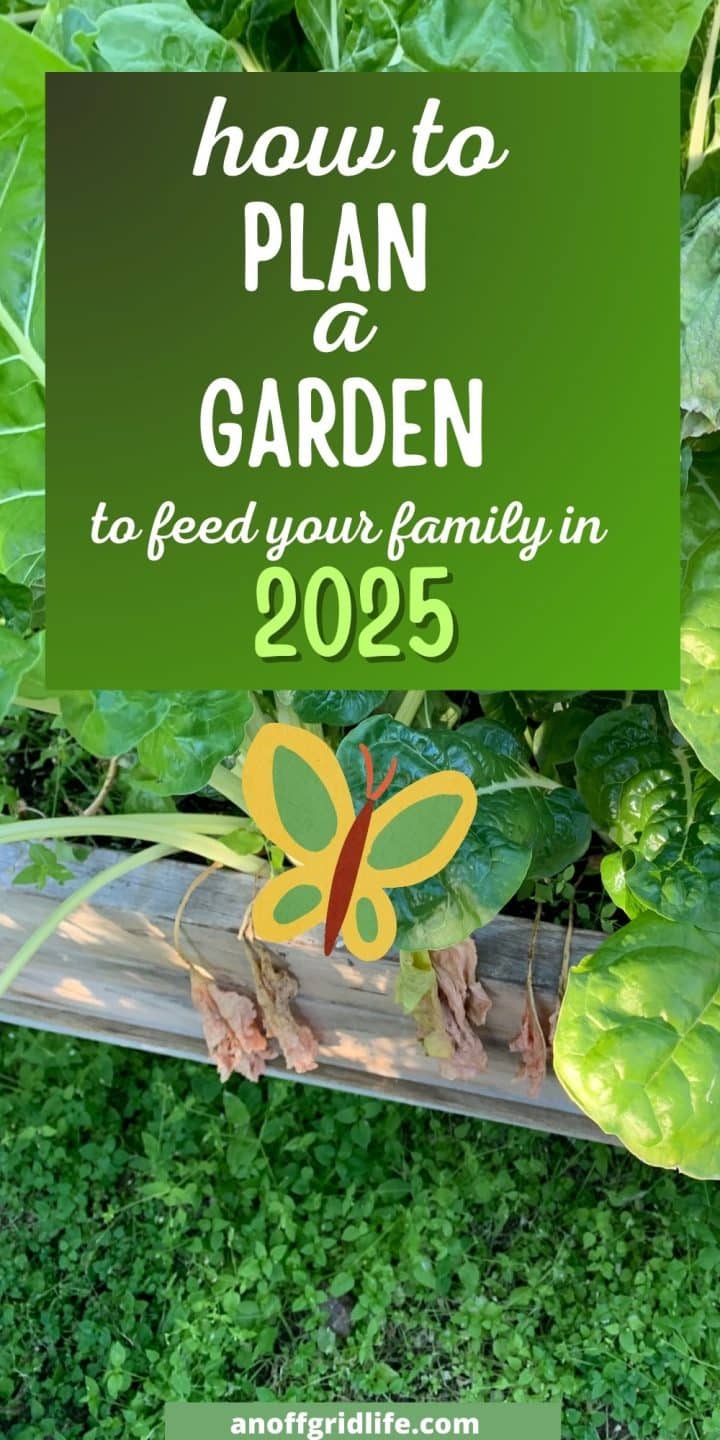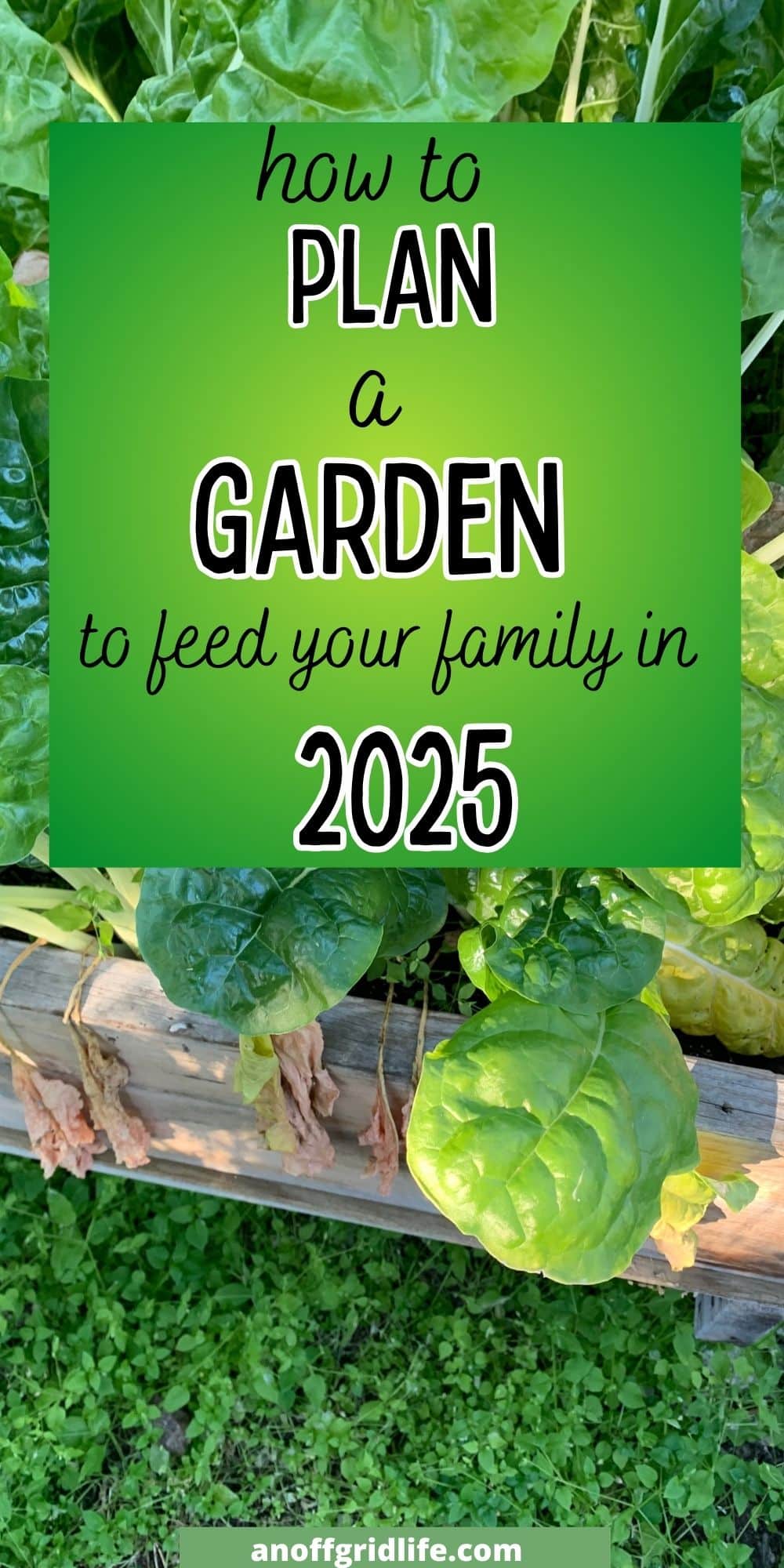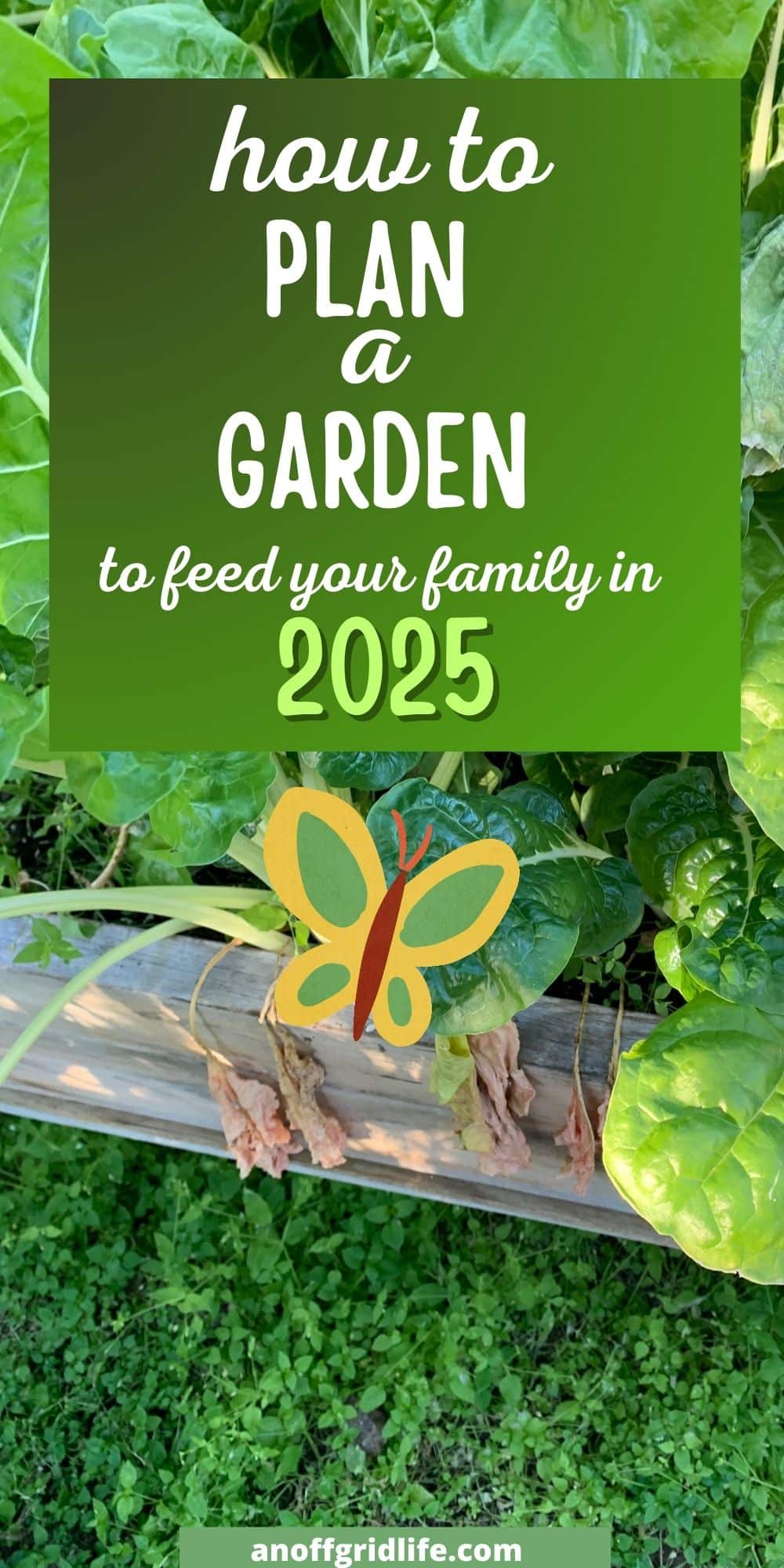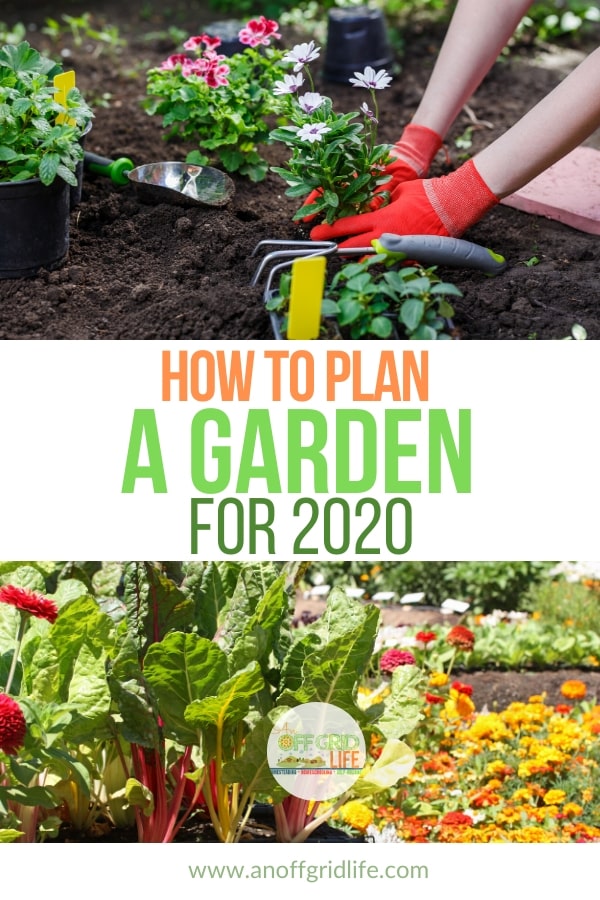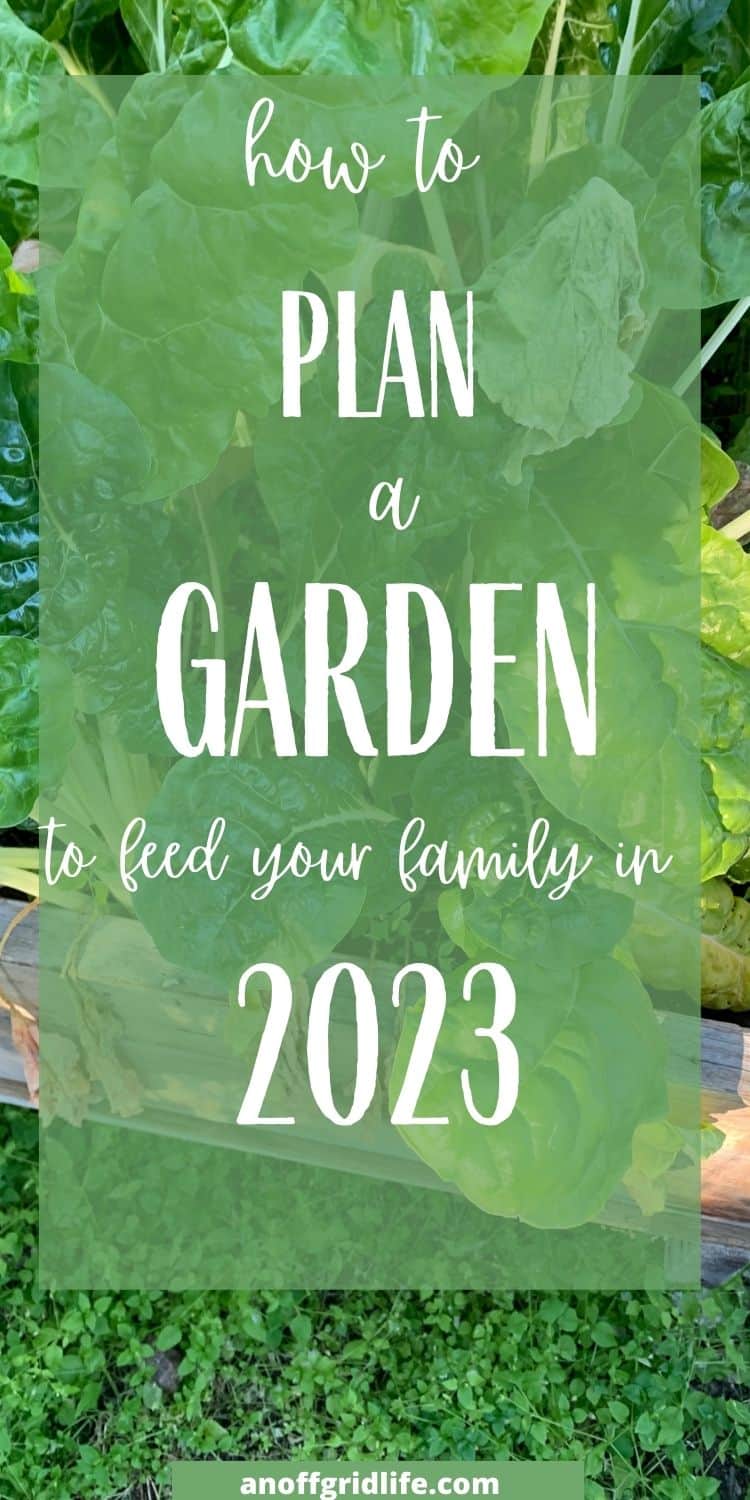Maintaining a perfect garden takes time, effort, and proper planning. Planning a garden before planting will help you ensure the health and longevity of your plants.

Depending on the type of garden you’re planting, you could face different challenges and have different goals than other gardeners.
For example, if you’re planting a vegetable backyard garden, you will want to plant seeds with different spacing and areas than you would with flowers.
This will help optimize your harvest and help secure your food supply for next winter. Or, if you're gardening in a cold climate, you'll face some unique challenges.
So before you start checking out free garden planners, decide what type of garden you want. Once you decide this, it’s time to start planning a garden.
Here are some key tips on how to plan a garden and what to watch out for.
Why Plan a Garden Anyway?
Gardening isn’t just putting seeds in the ground and hoping they grow. It takes time, patience, and hard work to grow a successful garden. And if you're growing your own food, planning also involves calculating how much to plant per person.
Considering the amount of effort it takes, you want to make sure your garden reaches its maximum potential. You want a garden to be beautiful, organized, and healthy. So set your gardening goals, and get ready to get growing!
Start by mapping the area or areas you intend to garden on your property. Take note of the daily hours of sunlight for each area, the natural slopes of the earth, and the types of soil.
Also, measure the exact dimensions of the area. If you need containers, look for opportunities to make some upcycled DIY planters for indoors or outdoors.
This information will help you decide what types of plants to use in each area, depending on each plant's specific requirements.
To get an accurate measurement of sunlight hours and intensity, use an inexpensive 3-in-1 gardening probe. These record soil moisture, PH, and light.
Once you’ve decided on what types of plants to use and where to plant them, double-check their growing incompatibilities. For example, garlic and onions don’t do well near beans and peas.
Also, you don’t want to place short plants between taller ones, as they will block out some sunlight.
Make sure you know the details of each plant you want to use, so you can ensure it’s placed near the best neighbors.
Tip: prefer an online garden planner? There are many to choose from. You might want to check out this Yardzen review to see how an online garden plan tool could work for you.
When to Plan a Garden
As you might assume, planning a garden should be done before you do anything else this spring. Garden planning should start right away. This will give you time to order the proper seeds, fertilizers, and any other materials you might need.
You want to be prepared to plant as soon as the weather allows, so don’t wait to get your supplies. And if you have space and the opportunity, you may want to get some seedlings started inside.
You can start growing some of your seeds in small pots indoors and transplant them to your garden once spring comes around.
If you have a cold-frame garden, this will help with transplanting seedlings, as it helps "harden off" the plant and acclimatize it to the outdoor environment.
How to Plan a Garden Without a Backyard
If you live in an urban area, there’s a good chance you don’t have a backyard large enough to garden in. But that doesn’t mean you can’t grow your own micro-garden. There are dozens of different ways to garden in a limited space.
Create plant pockets for your exterior walls, potted plants for your balcony, window baskets, or vertical gardens. You can maximize every inch of your space to create a luscious urban garden.
Planning one of these requires the same few steps as planning a regular garden.
Figure out where you can squeeze some plants in and the vessel you will use. Track how much sunlight, shade, and other factors the space receives.
Make sure you research the types of plants you want to use and find out if they have any limitations in pots or smaller growing spaces. Some plants don’t do well in pots or might require a larger pot for more soil.
Related: Apartment Homesteading: How to Homestead in a Rental
What to Watch Out For
Although planning a garden helps keep you organized, there are a few things you need to watch out for. When you start buying your supplies, try and keep your costs low.
There are a lot of different high-priced seeds, materials, and supplies that might seem enticing, but in reality, they are unnecessary.
Keep things simple. Saving seeds from last year's garden or even drying out seeds from your produce throughout the year will work.
Use whatever you have around the house. Cut sticks to use as stakes, and rig up a watering system with old hoses. Whatever it takes, try and minimize your spending before your garden gets too costly.
You also need to be wary of overplanting. You might feel like planting as many seeds as possible gives you the best chance at an abundant garden, but that’s not the case.
If you plant too many seeds and too close together, they will choke each other out, fighting for nutrients. In turn, some will die, and some will have stunted growth and be blocked out, fighting for precious sunlight.
Research the average size and height of your plants at full maturity and space accordingly.
Tip: Create a deer-proof garden early on to avoid losing your seedlings to their snacking!
Free Garden Planners
When planning a garden, you can draw it out by hand or use computer software. Or check out some of these free garden planners.
Better Homes & Gardens has free software that allows you to incorporate structures, textures, and almost every type of plant possible. It lets you customize the amount of light in certain areas and also the sizes of existing trees or plants.
GrowVeg has incredibly detailed planning software that costs $35 USD per year (as of January 2023) on a recurring subscription. However, they also offer a free trial.
Their software helps you generate your ideal garden and will tell you if certain plants need more or less sunlight. It also tells you the best time to plant by tying in with weather stations in your area.
The software will give you crop rotation warnings yearly and has multiple tutorials to help introduce you to gardening. This all-in-one software will help new gardeners get the most out of the experience.
If software doesn’t interest you, check out Pinterest. On Pinterest, you will find a variety of printable garden planning templates.
Simply print out your favorite one and head outside with a pen and paper. Some people prefer to plan out the garden while immersed in the space and find it easier to visualize.
Get Planting
However you decide to plan a garden this year, you need to get started right away. Once you take stock of what supplies you have and the space you have to work with, formulate your plan.
Pay attention to the size and types of plants and the growing requirements for each one. Try using a software or hand-written template to sketch out your ideas, as this will help you visualize your goal.
Lastly, keep a journal with notes on what you planted, where you planted it, and how it does throughout the year.
By doing this, when you plan your garden next year, you will have the notes to refer back to and suggest your plan accordingly. Happy gardening.
